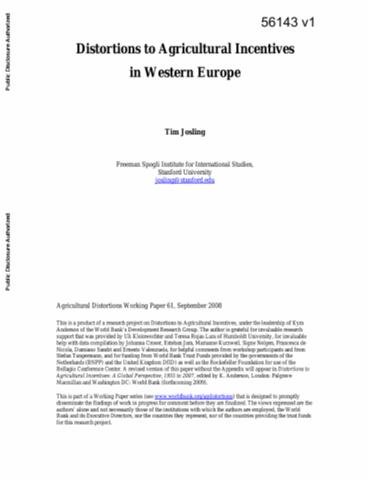Resource information
Agriculture in Western Europe enjoys a degree of diversity that reflects a wide variety of soils and climatic conditions ranging from the arid Mediterranean regions to the Arctic Circle. Superimposed on this natural diversity is the complexity of different social, economic and political conditions in the eighteen countries that are the subject of this chapter. History has played a major part in creating this patchwork, particularly the different paths that countries took from feudalism to independent farming units and the inheritance laws that influenced the extent to which land ownership was transmitted from generation to generation. Average farm size varies considerably in the countries of Western Europe, in turn reflecting the relative political and social importance of landowners and small farmers. By the late nineteenth century, these various factors had determined a structure of farming in the Western European region that is still visible today. Productivity growth in Western Europe's agricultural sector compared favorably with that in the manufacturing sector in the immediate post-war period. Over the period 1949 to 1959, by which time the economy had largely recovered from the war-time disruptions, output per person in agriculture had increased by more than that in manufacturing in most of the countries in Western Europe. The productivity growth was a combination of output increases as a result of mechanization and modernization, and the outflow of labor as other sectors absorbed rural workers.


